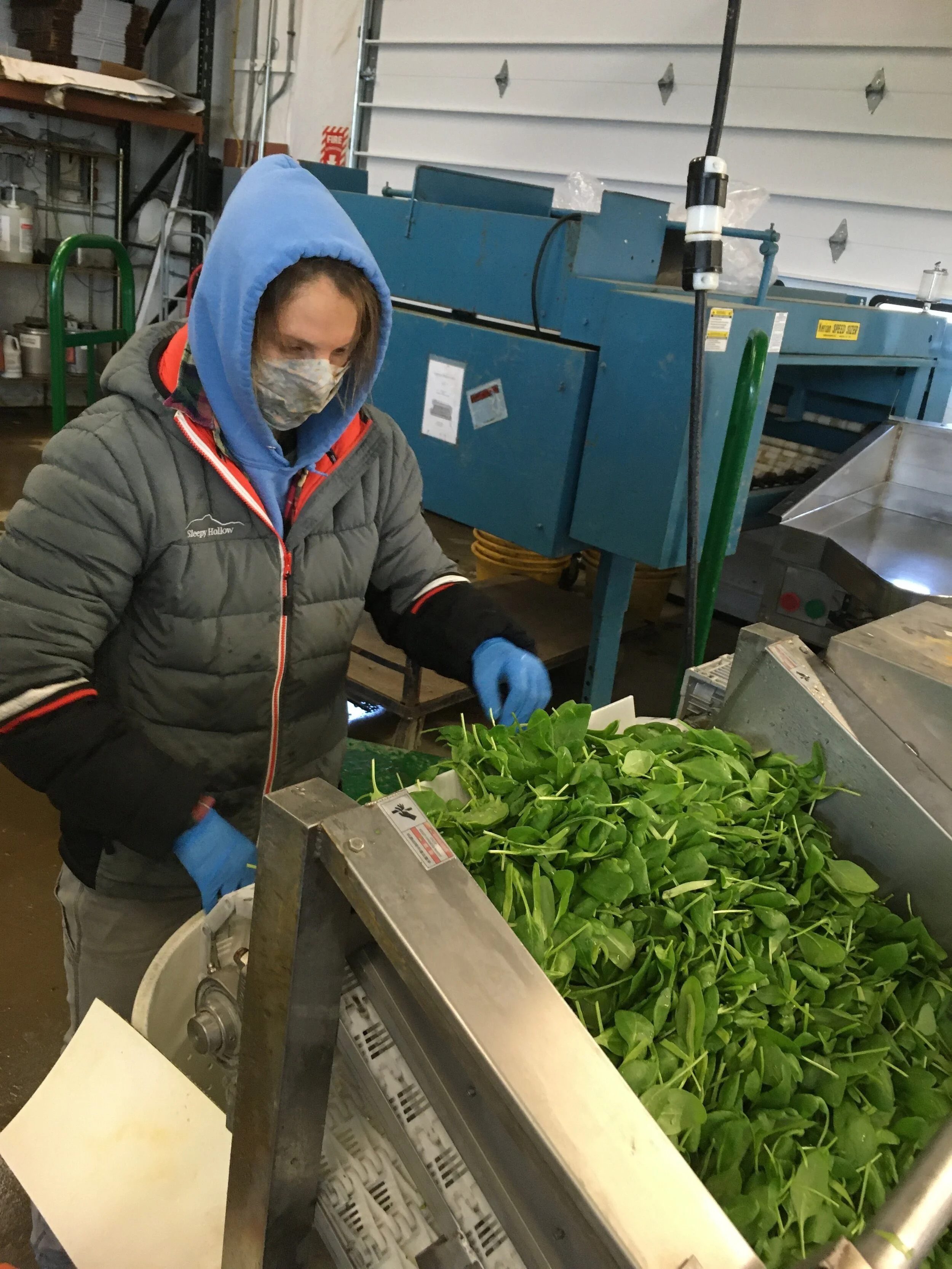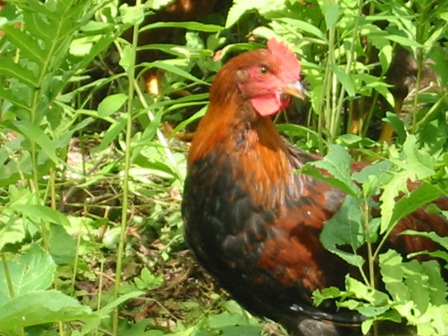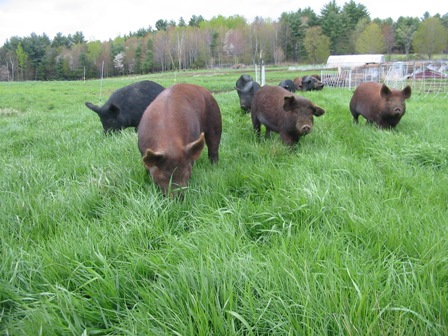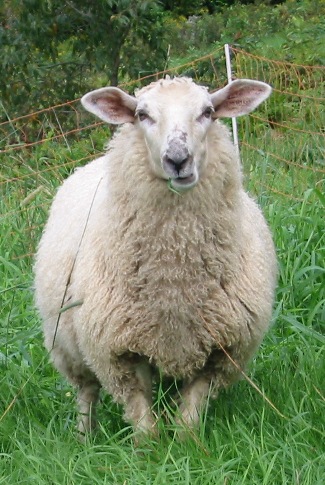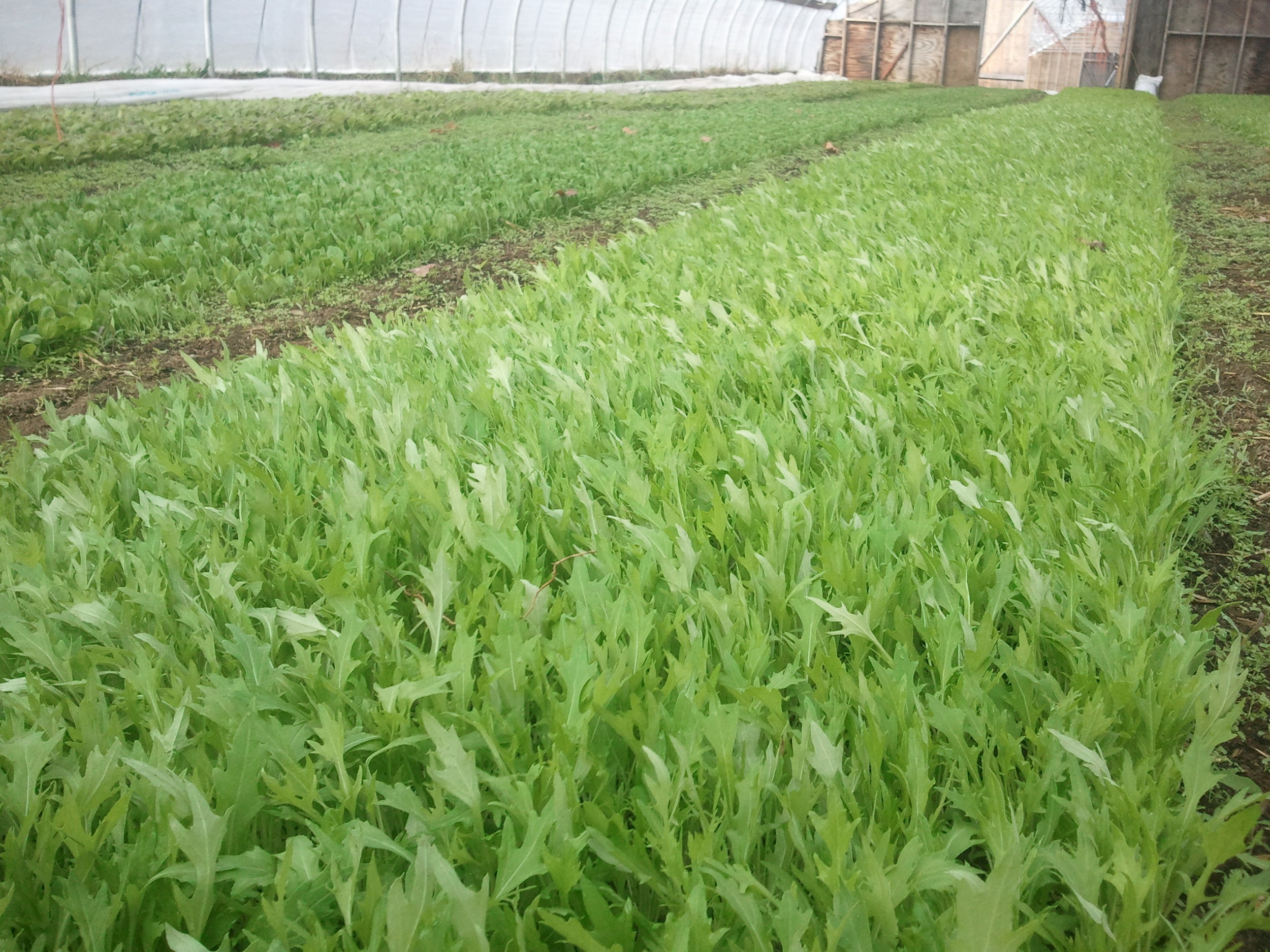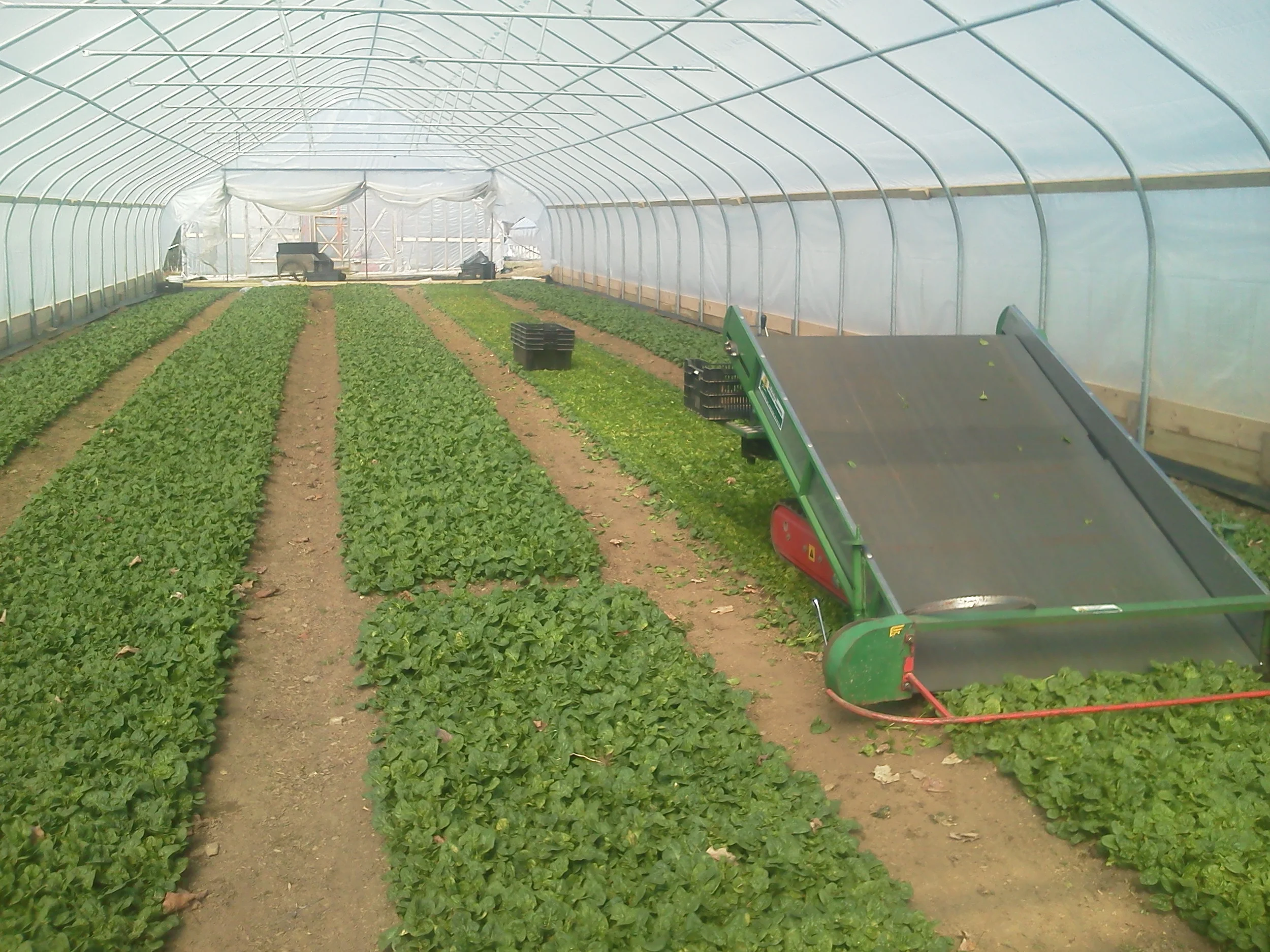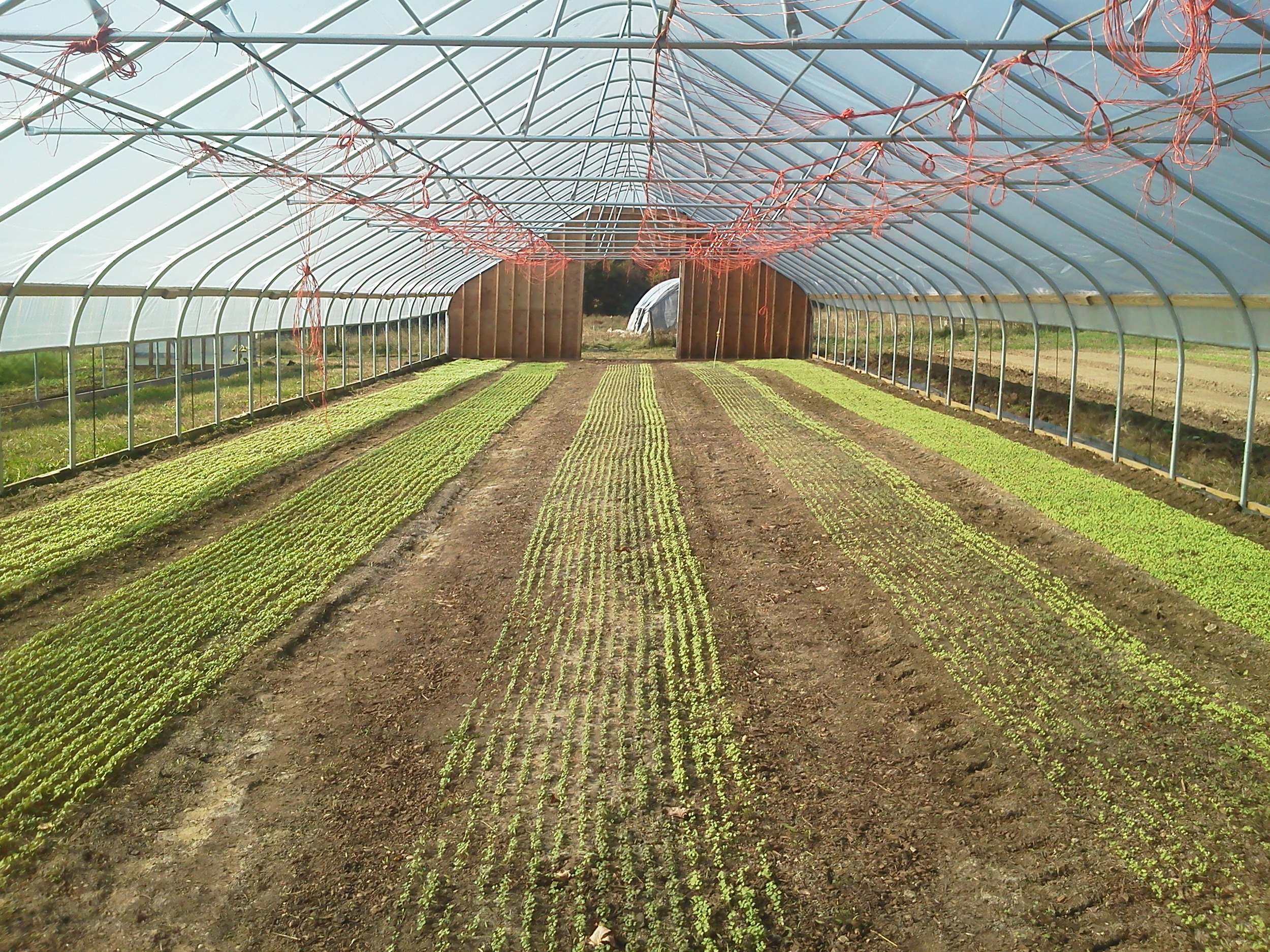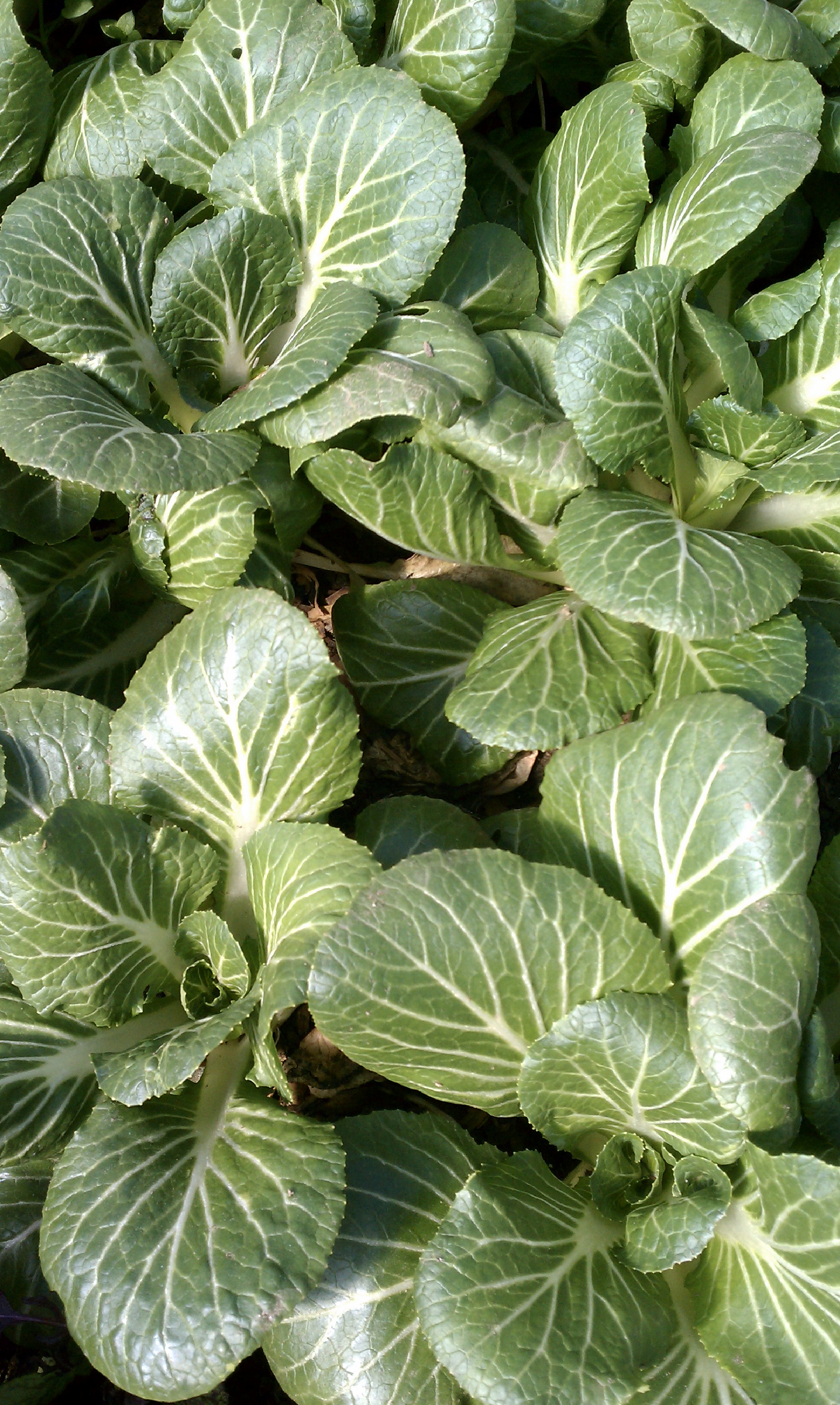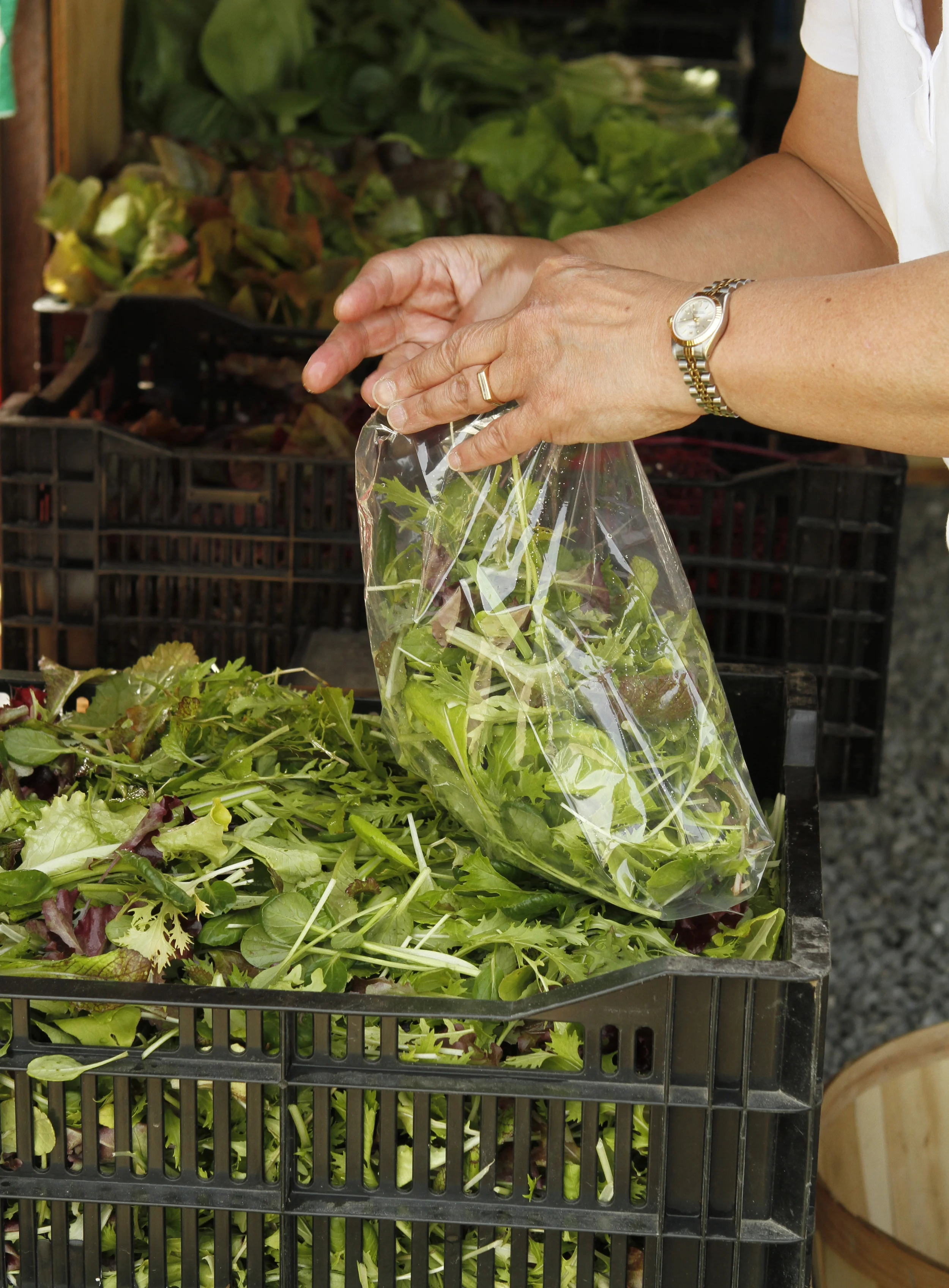Updated December 2, 2020
Food safety is not a new concern for us here at Jericho Settlers Farm. For many years we have implemented a farm produce safety plan and employee training protocol that covers everything from soil management and harvest techniques, to worker hygiene, to wash and pack standards, to ensure our products are safe for our customers. Our food safety plan follows best practices in the industry and we are audited by a third party annually. So we are well-versed in keeping the produce safe for your consumption. Some of the practices we have in place include stainless steel packing tables and washing equipment that are routinely sanitized, use of washwater sanitizer, sanitization of all harvest and wash tools and equipment before every use, gloves worn by all employees handling produce from harvest to wash to pack, proper employee handwashing, immediate and proper refrigeration of produce after harvest and wash, and requiring staff to stay home if they are sick.
Now, with the arrival of a highly contagious virus in our community, we are taking even more steps to ensure we stay healthy and you stay healthy when visiting our farm. This means we are doing the following:
regular disinfection of frequently touched surfaces in our work environment and the farmstand (such as door handles, light switches, and calculators),
offering a hand sanitization station for farmstand customers (please sanitize your hands before touching surfaces and items in the farmstand)
paperless payment option at our Square kiosk where you can use your credit card to pay for your purchase. We also accept cash and checks at the farmstand.
we request that you stay 6 feet away from other shoppers when visiting our stand, if another customer is present when you arrive please wait outside the stand for them to finish their purchase before entering
please wear a mask when visiting our farmstand
all farmstand produce is bagged by our staff before sale and priced by the each (rather than by the pound) to reduce customer contact with product and scales,
all CSA shares are pre-bagged and ready for pickup to facilitate customer distancing and minimize customer contact with produce
for our on-farm CSA pickup we will bring your share to your car. Please drive up past the farmstand to the large barn attached to the back of the greenhouse (on your left as you pass the farmstand). We will be there to assist you during regular CSA pickup hours.
for our farmstand CSA pickup we are spreading out the traffic flow during pickup hours by requesting that members arrive in these time windows if your schedule allows:
WINTER 2020/2021 SATURDAY PICKUPS
Last Name starts with A-L arrive between 10:00 and 11:30
Last Name starts with M-Z arrive between 11:30 and 1:00
WINTER 2020/2021 MONDAY PICKUPS
Last Name starts with A-L arrive between 4:00 and 5:00
Last Name starts with M-Z arrive between 5:00 and 6:00
If you cannot make your designated time slot, don’t sweat it, come when you can.
for our off-farm CSA pickup sites we are disinfecting all frequently touched surfaces on the coolers, shelving, etc… at time of drop off
our delivery vehicle is equipped with disinfection supplies for the driver to be used regularly during the course of our delivery routes
we are practicing social distancing with our customers and amongst our staff, so we will smile and wave hello while keeping our distance – we still love you all !
Rest assured we will be here all year growing good food for you. The soil and the sun are still here and doing their part. We love to grow food for you and appreciate the importance of it in maintaining a healthy, resilient community. We do not take this responsibility lightly. Please know we are doing the best we can to keep you healthy, to keep our staff and our families healthy, and to nourish your bodies. Thank you for supporting our farm.


